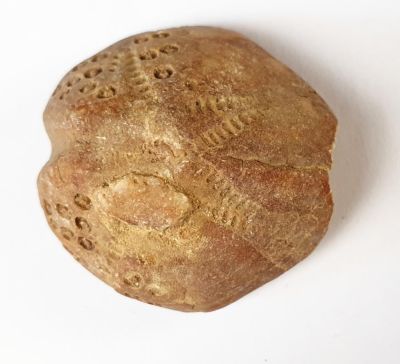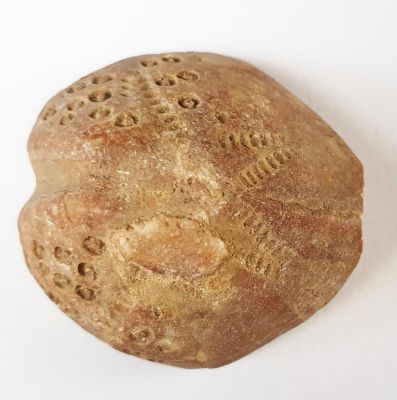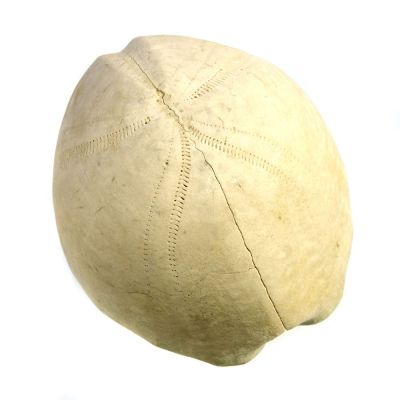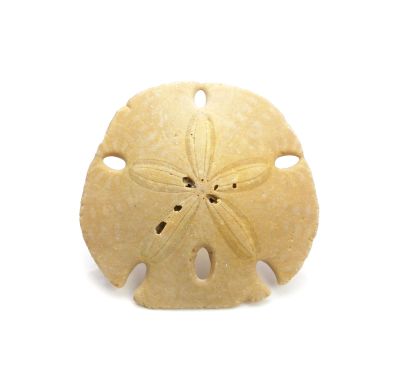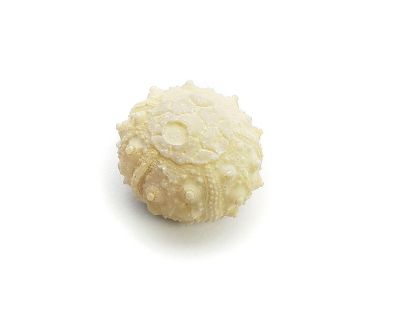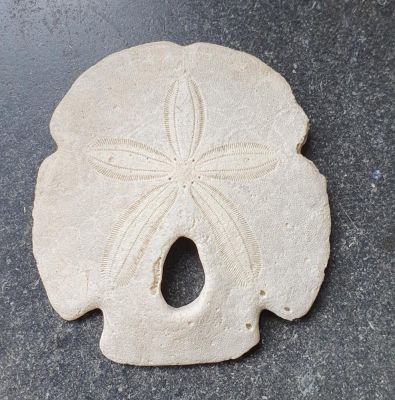Sea urchin: Lovenia forbesi, Lower Miocene, AUS
Product number:
F1186
Product information "Sea urchin: Lovenia forbesi, Lower Miocene, AUS"
These aberrant Australian sea urchins are particularly notable for the sunken spines that decorate the upper and lower sides of their skeleton. They have adapted to moving in the sediment, so that their anus is directed backwards while their mouth is located more centrally on the underside.
Age: Lower Miocene, Burdigalian, Mannum Formation (approx. 20 million years)
Locality: Port Phillip Bay, Victoria, Australia
Size: 3 x 3 x 1.5 cm
Colors on photos may differ slightly from the original piece due to technical reasons.
Login

